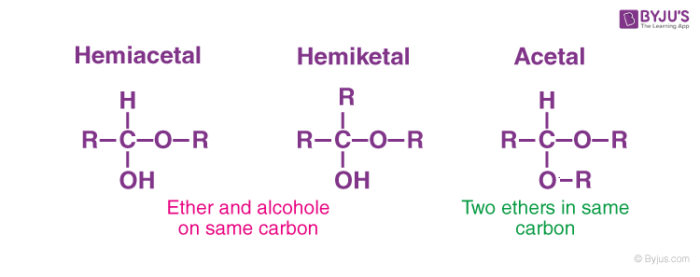What is Glycogen?
Glycogen is a polysaccharide of glucose that serves as a form of energy storage in fungi and animals. The polysaccharide structure of glucose shows the primary storage form of glucose in the body. Glycogen is made and stored in the cells of liver and muscles that are hydrated with the four parts of water. It acts as the secondary long-term energy storage. Muscle glycogen is quickly converted into glucose by muscle cells and liver glycogen that converts into glucose for use throughout the body which includes the central nervous system.
Structure of Glycogen
Glycogen is composed of long polymer chains of glucose units which are bonded with an alpha acetal linkage. This acetal linkage forms by the combination of the carbonyl group and alcoholic group. If the carbonyl group is an aldehyde group i.e (-CHO) and also termed as hemiacetal if there is a ketonic group. If 2 alkoxy groups are bonded to the same carbon atom, it refers to the acetal group.

Glycogen refers to the analog of starch which is a glucose polymer that functions as energy storage in plants. It has a similar structure to amylopectin which is a component of starch, more extensively branched and compact than starch. This polymer of glucose residues linked by a -(1,4) and a-(1,6)- glycosidic bonds. It is found in the form of granules in the cytoplasm in different cell types and plays a vital role in the glucose cycle. It forms an energy reserve that can be easily mobilized to meet sudden needs for glucose.
Every glycogen granule has its core a glycogen in protein because of the glycogen is synthesized. In muscles, liver and fat cells glycogen is stored in the hydrated form. It is composed of three to four parts of water of glycogen that are associated with 0.45 millimoles of potassium for per gram of glycogen.
Functions of Glycogen
- Liver glycogen acts as glucose reserve that hepatocyte release when there is a need to maintain a normal blood sugar levels. There is about 40 kcal in body fluids while hepatic glycogen can provide about 600 kcal after a fasting night.
- Glucose from glycogen stores remains within the cells in skeletal and cardiac muscles and is used as an energy source from muscle work.
- Brain includes a small amount of glycogen in astrocytes. It gets accumulated during sleep and is mobilized upon walking. Glycogen reserves also assure a moderate degree of protection against hypoglycemia.
- It has a specialized role in fetal lung type II pulmonary cells. These cells start to accumulate glycogen at about 26 weeks of gestation and then synthesize pulmonary surfactant.

this was really helpful and easy when getting information about the same topic